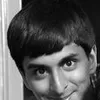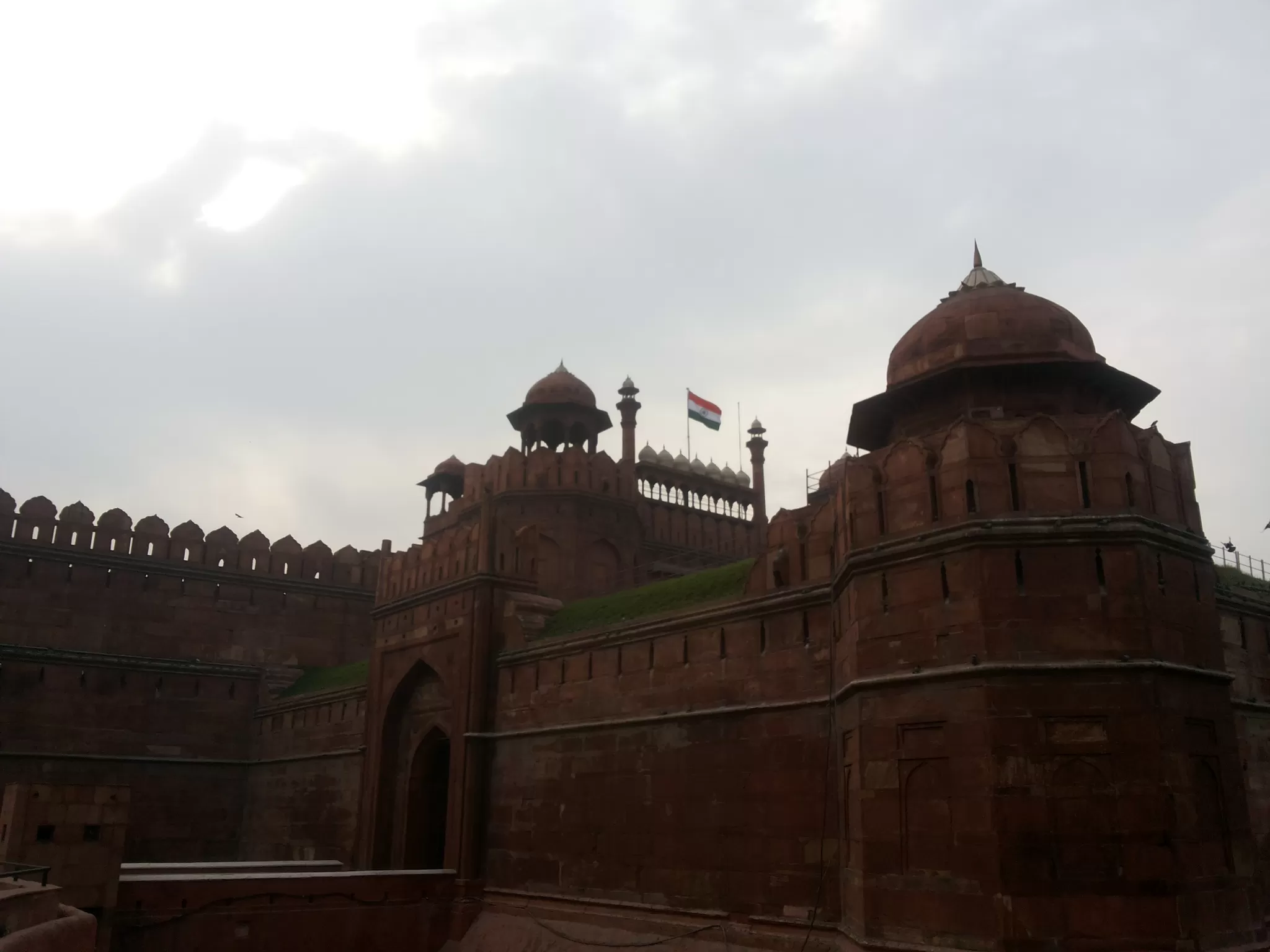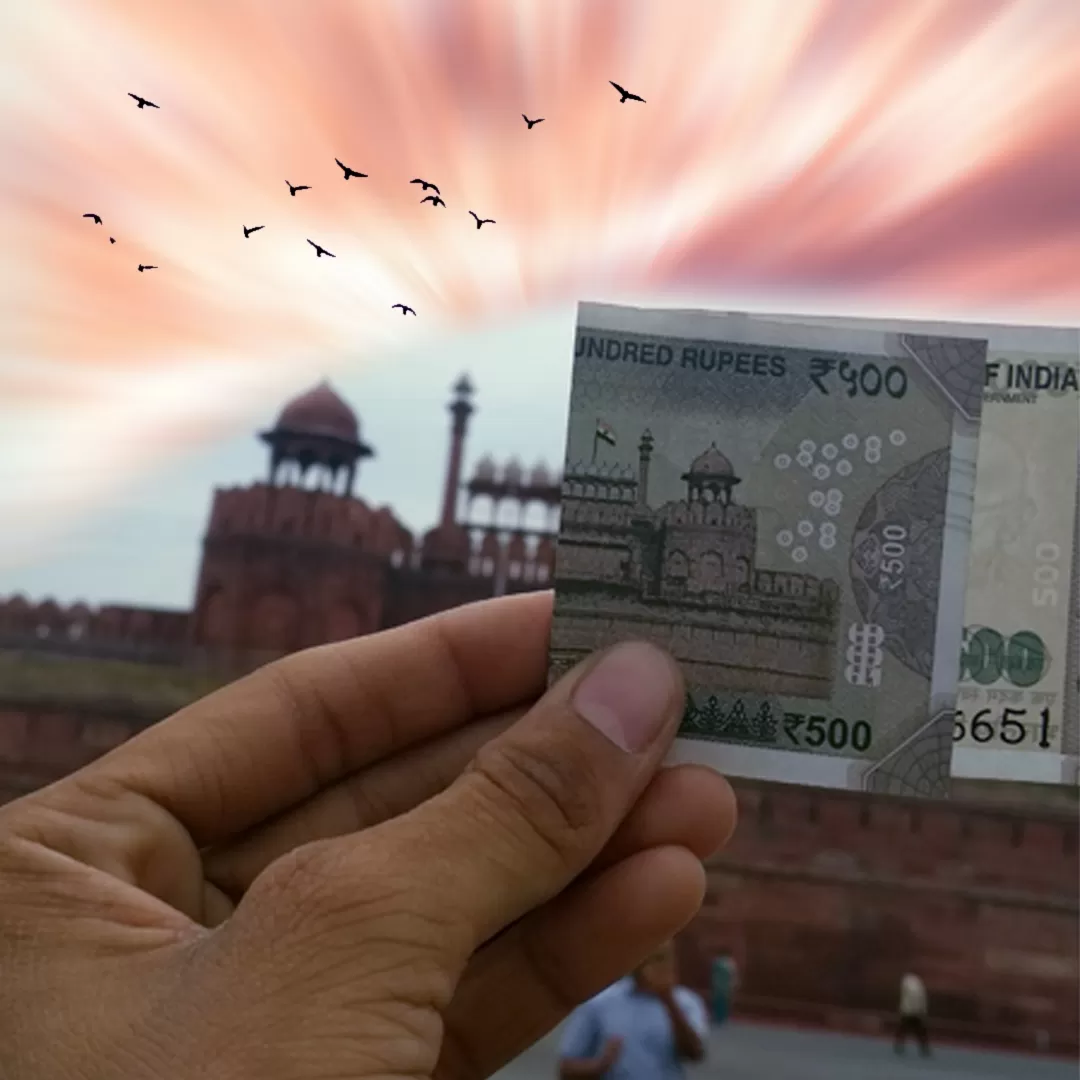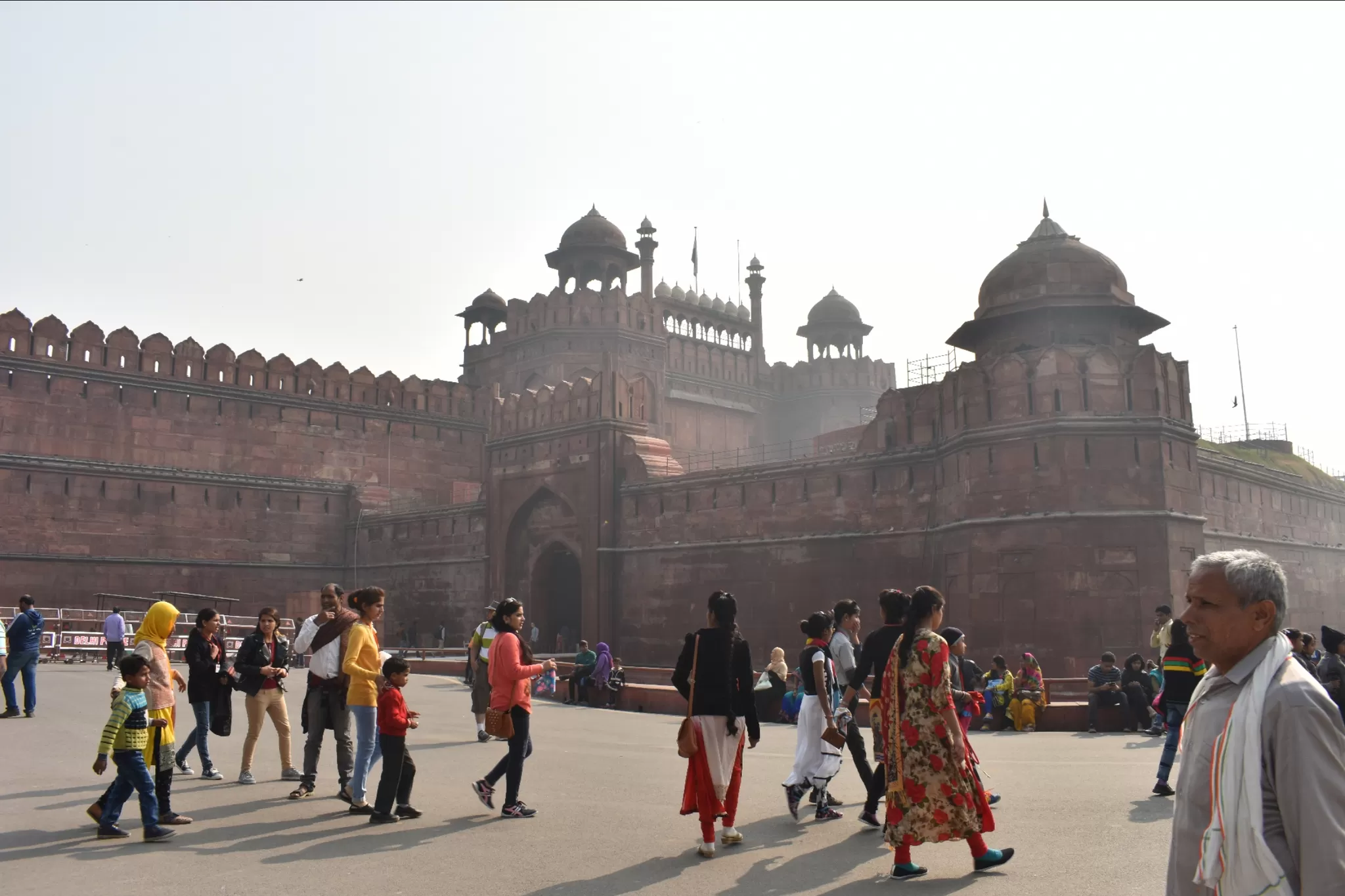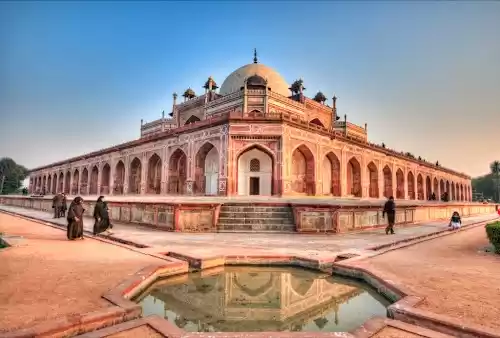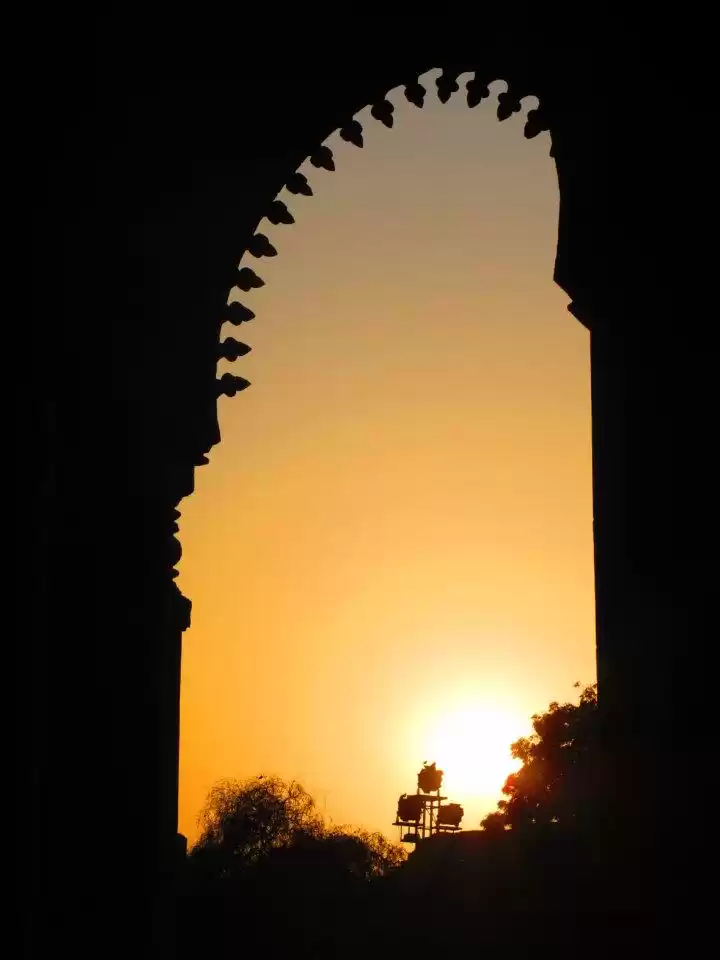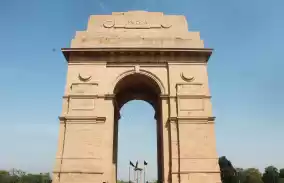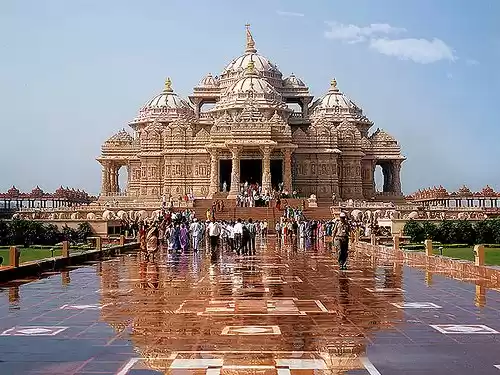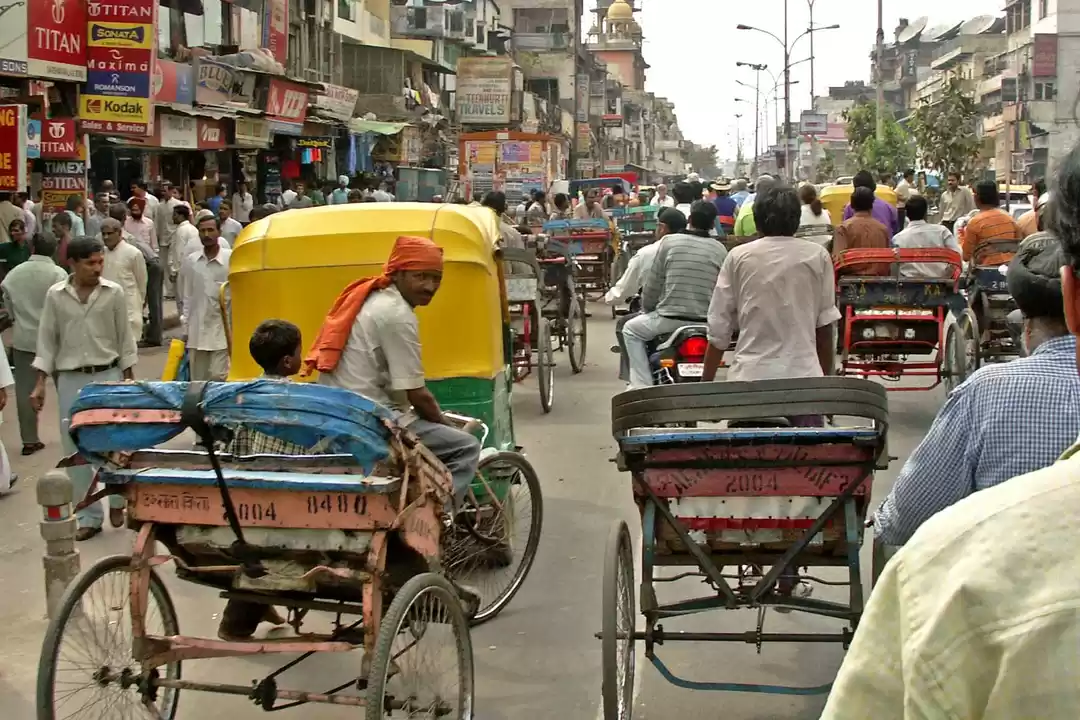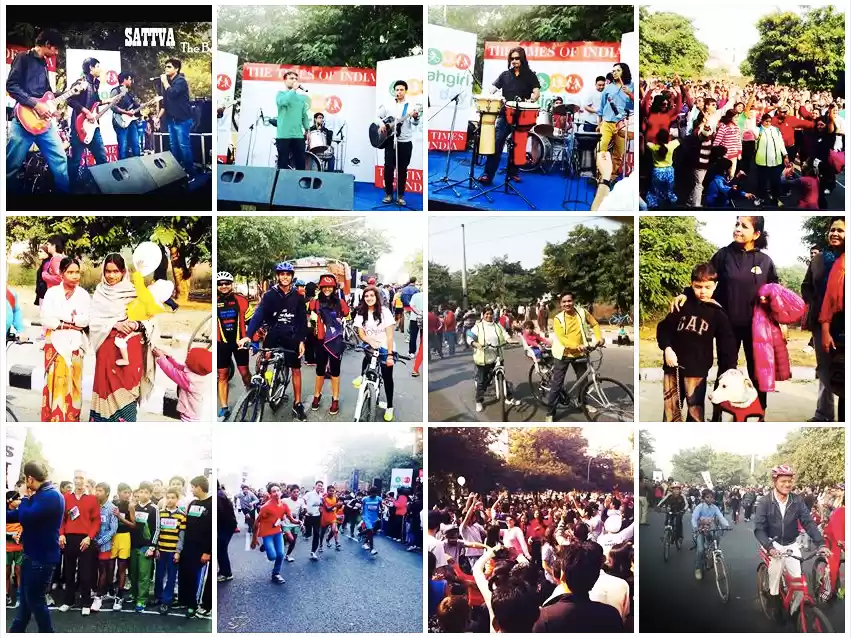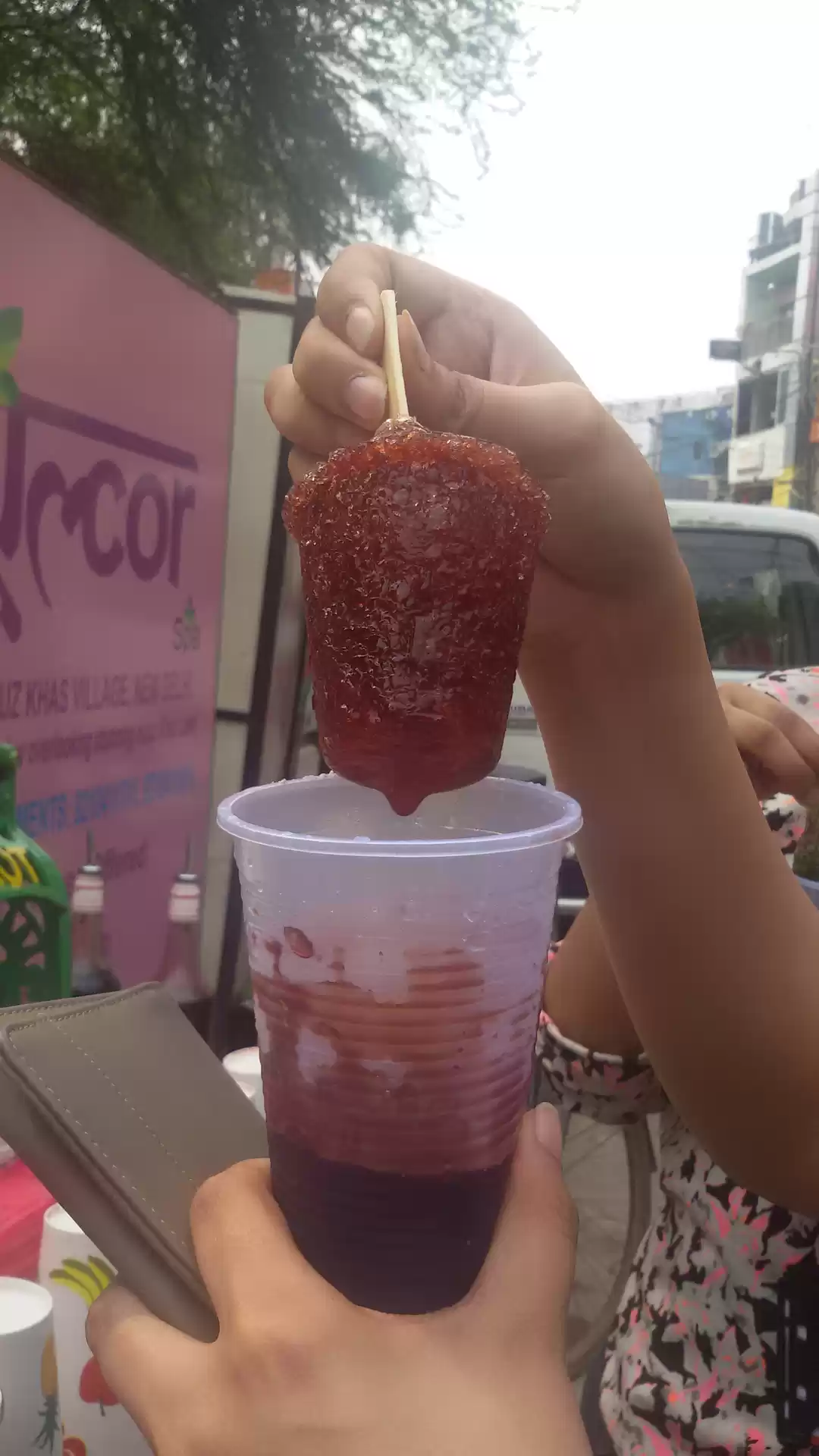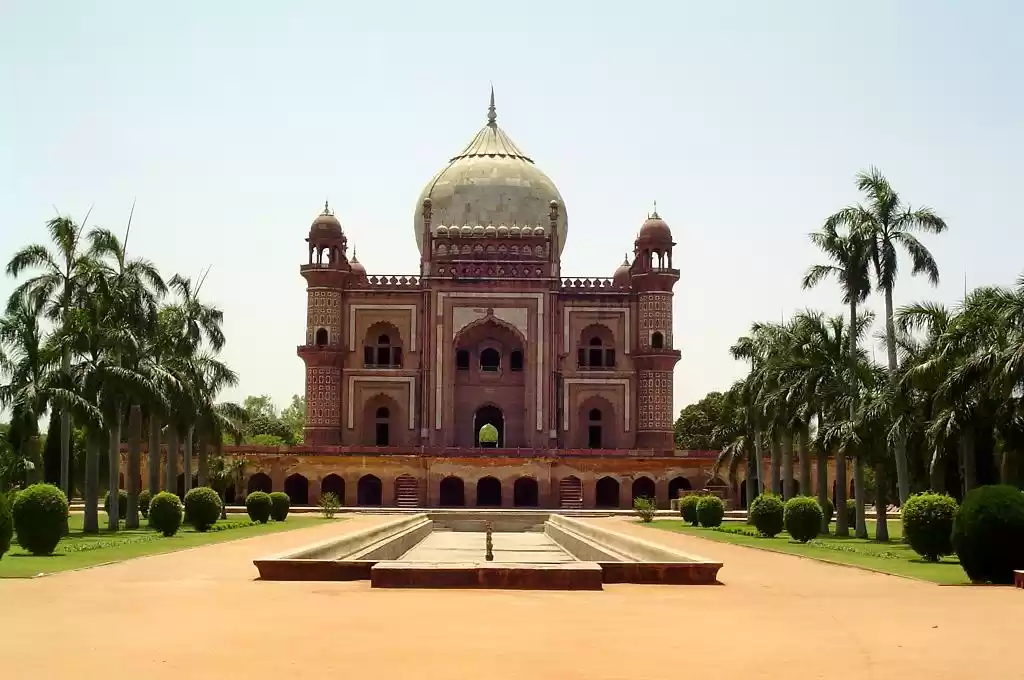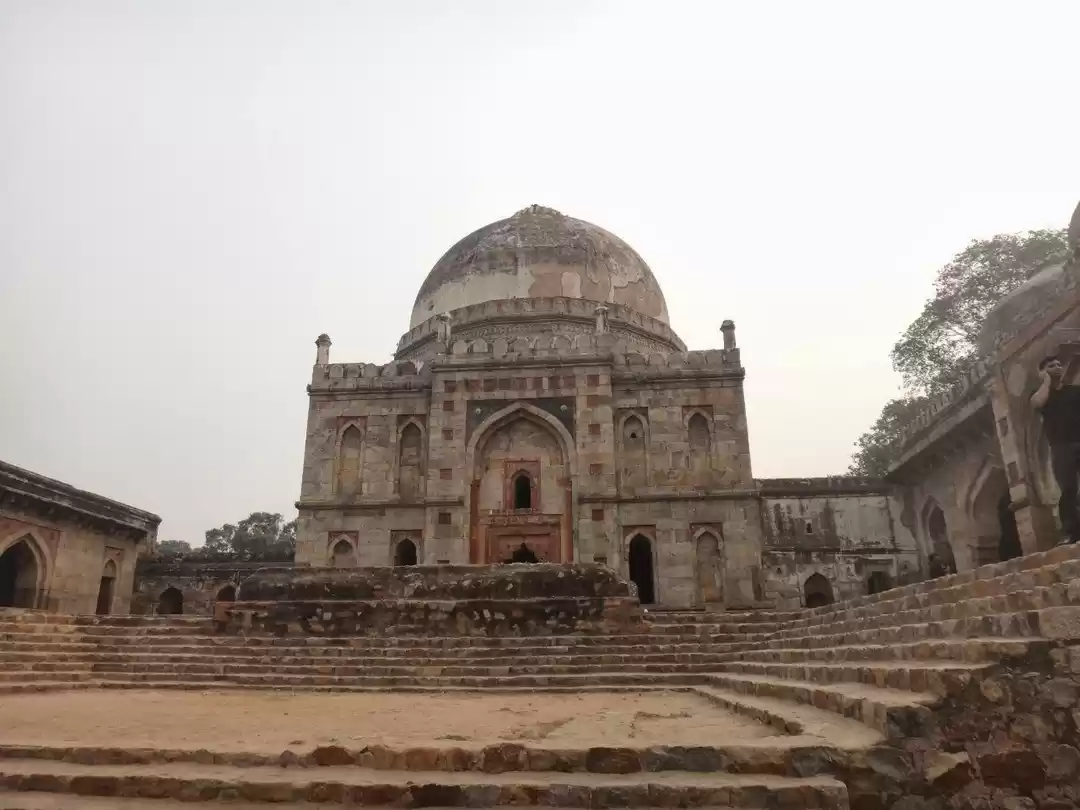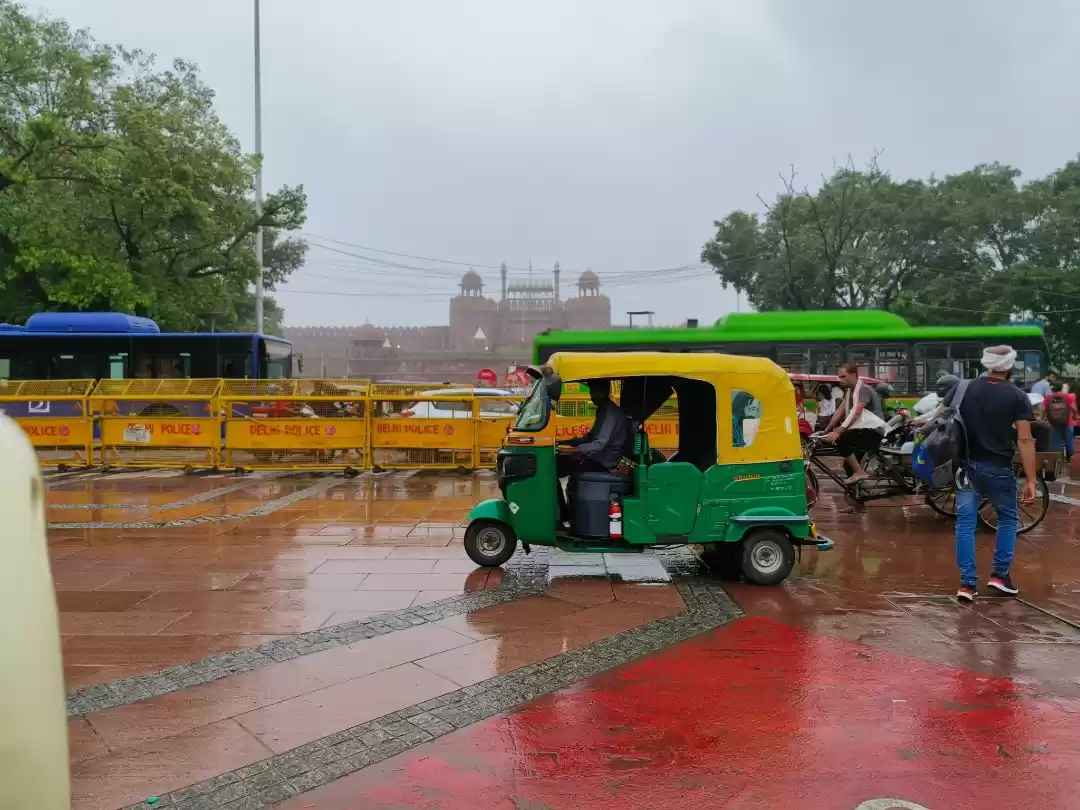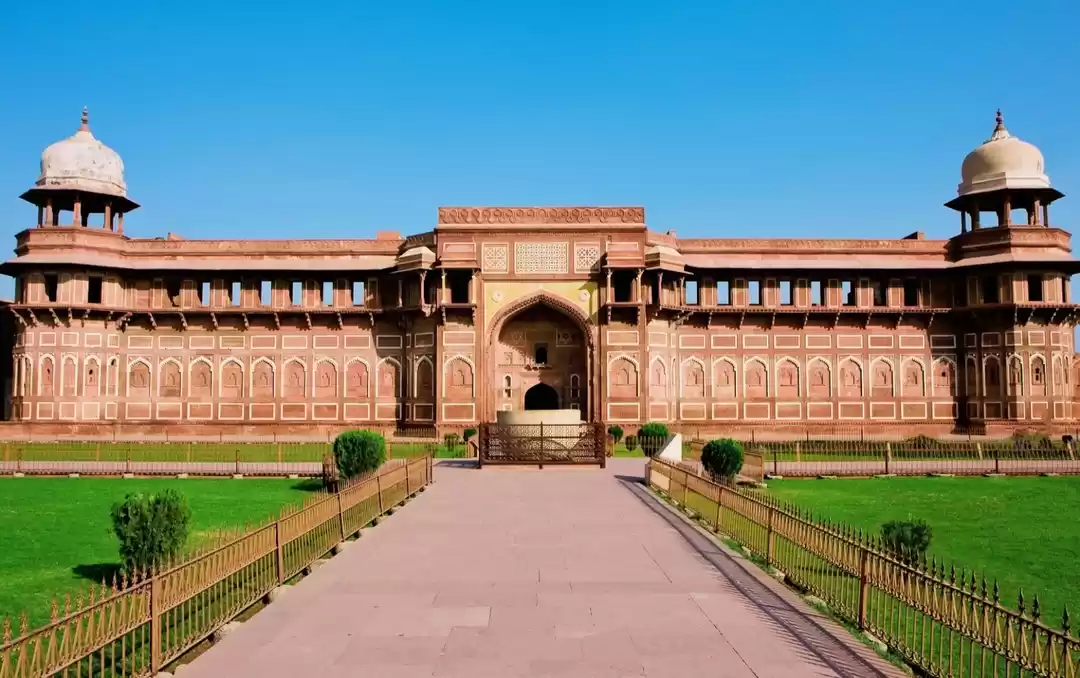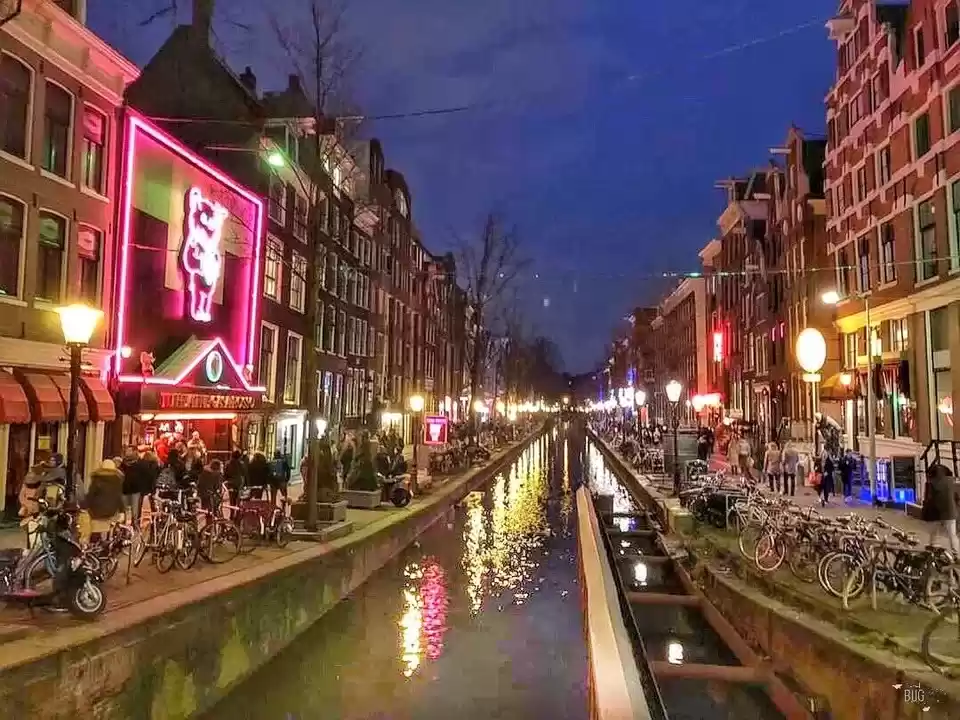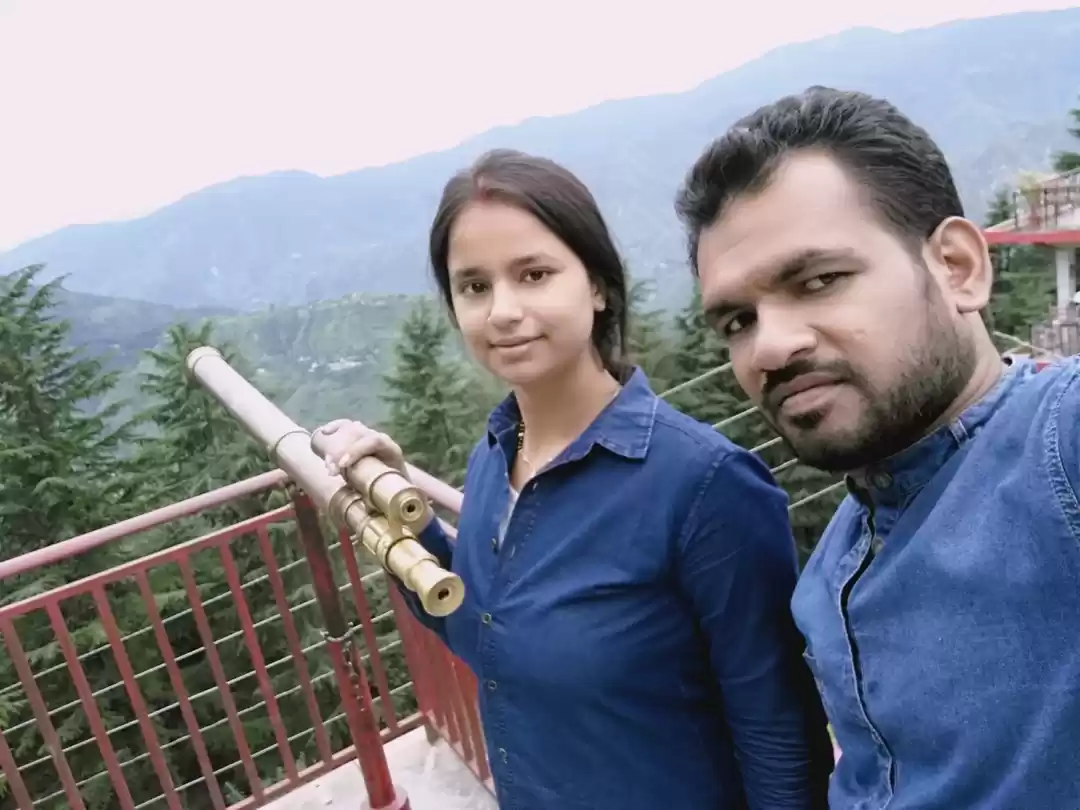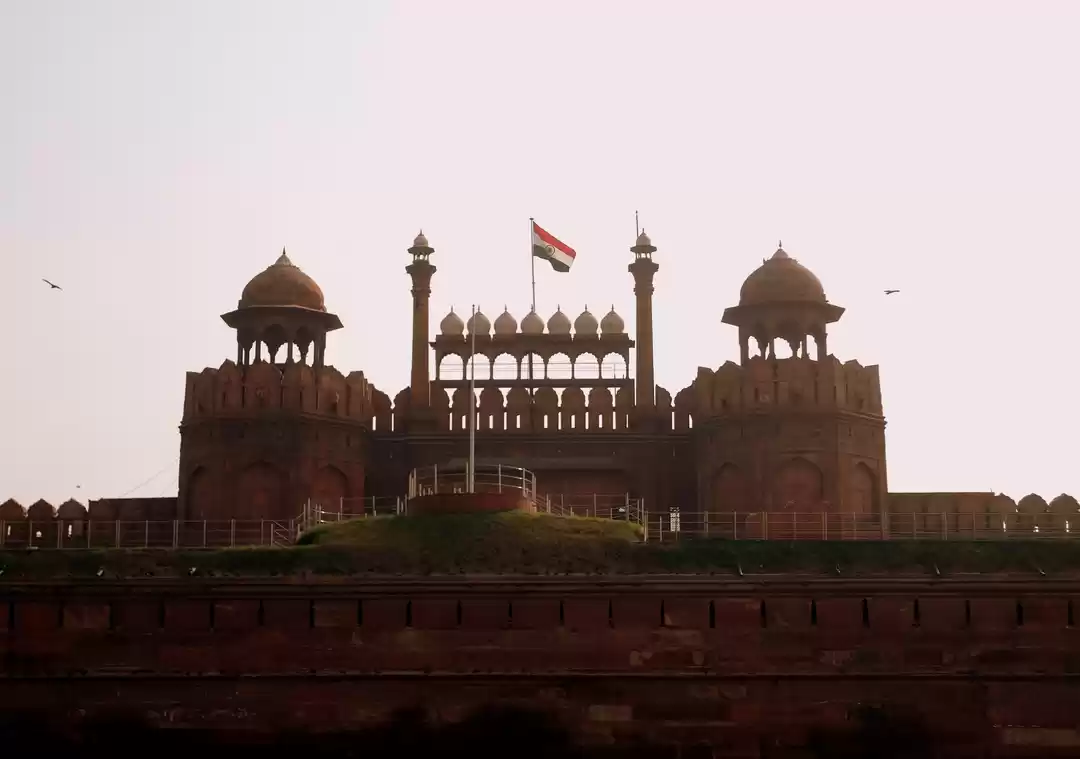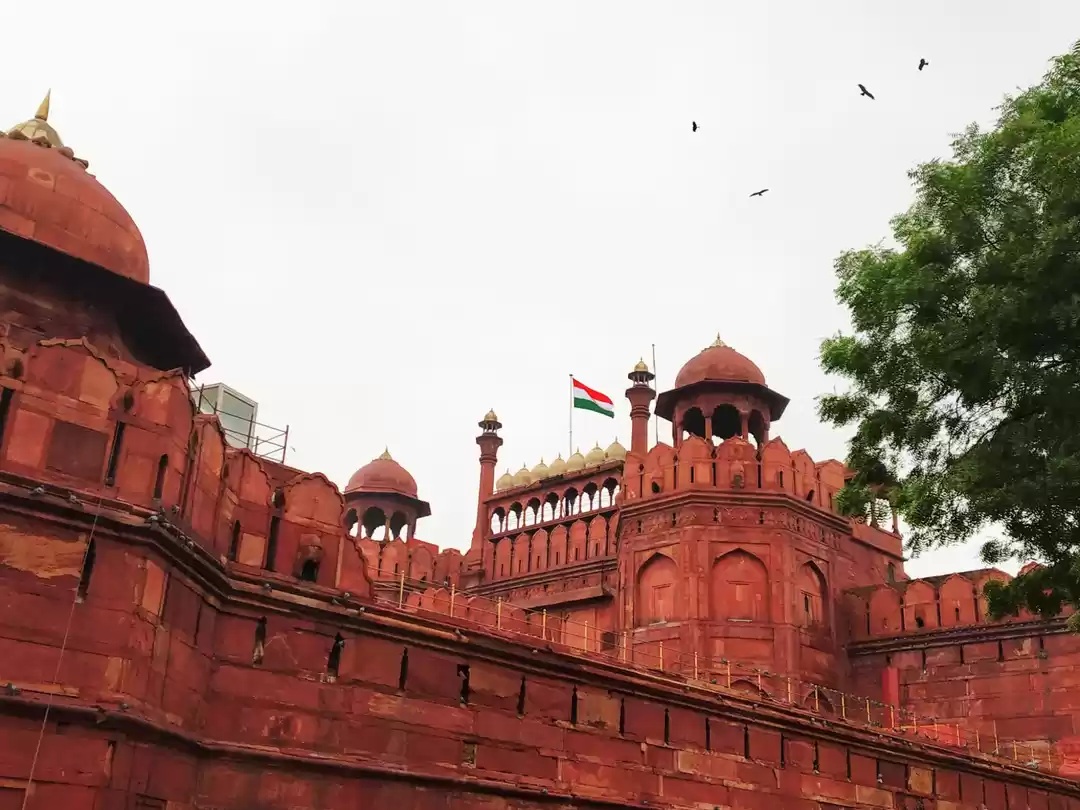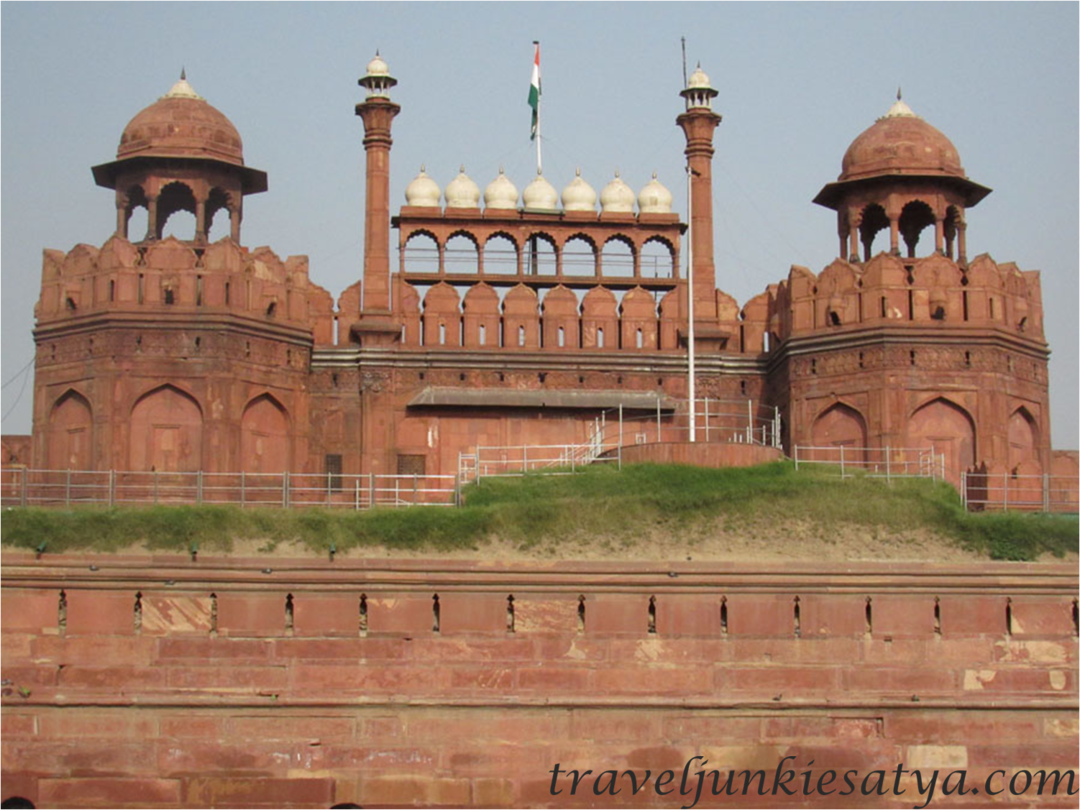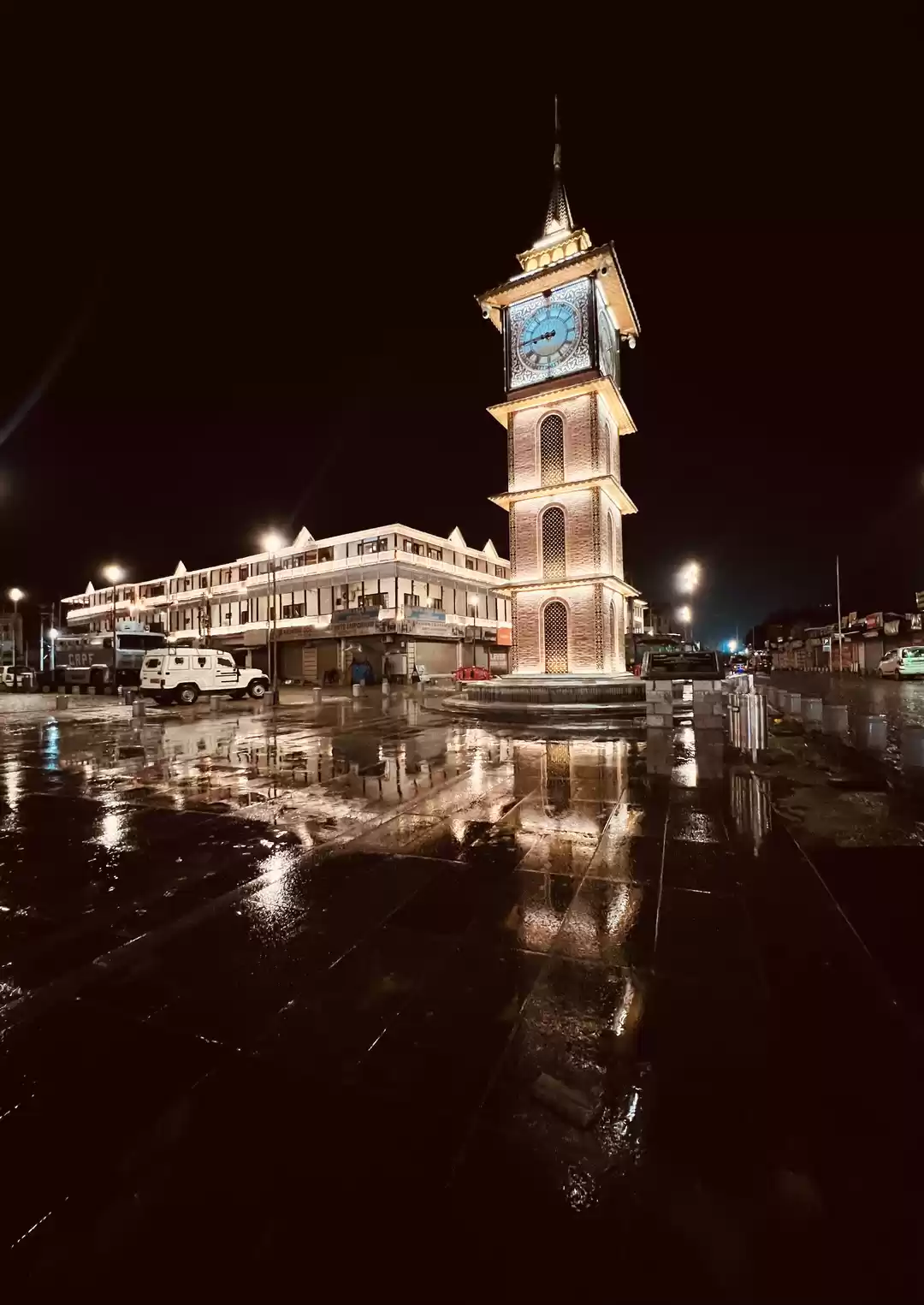The Red Fort in Delhi, also known as Lal Quila, is a UNESCO World Heritage Site that showcases the rich history, architecture and culture of India. It represents the peak of Mughal architecture, combining Persian, Timurid, and Hindu architectural styles. The fort's original name, Qila-E-Mubarak, and its transformation from white to red also contribute to its uniqueness
The fort's octagonal shape, the presence of two main gates (Delhi Gate and Lahori Gate), and structures like the Rang Mahal (Palace of Colors) add to its allure and historical charm.
History of Red Fort

Shah Jahan: The Builder of the Red Fort : Shah Jahan, the fifth Mughal emperor (1628-1658), known for his love for art and architecture, commissioned the construction of the Red Fort in 1639.
Aurangzeb: The Expander of the Red Fort: Aurangzeb, the sixth Mughal emperor (1658-1707), expanded and beautified the Red Fort by adding new buildings like Moti Masjid, the Zafar Mahal.
Nadir Shah: The Looter of the Red Fort: Nadir Shah, a Persian ruler, invaded and plundered India in 1739, sacking Delhi and looting the Red Fort.
Ahmad Shah Abdali: The Destroyer of the Red Fort: Ahmad Shah Abdali, an Afghan ruler, attacked and damaged many buildings and structures in the Red Fort during his raids between 1748 and 1761.
Marathas: The Restorers of the Red Fort: The Marathas, a powerful Hindu warrior clan, captured and controlled Delhi and the Red Fort from 1771 to 1803.
British: The Occupiers of the Red Fort: The British captured Delhi and the Red Fort from the Marathas in 1803 and ruled India until 1947.
Indians: The Liberators of the Red Fort: Indians achieved independence on August 15, 1947. The Red Fort became a symbol of Indian independence, witnessing important events like Jawaharlal Nehru's flag hoisting and "Tryst with Destiny" speech.
Annual Celebrations at the Red Fort: The Red Fort hosts the annual Independence Day and Republic Day celebrations, with the Prime Minister hoisting the flag and addressing the nation.
Must Read: Know about Red Fort in detail
Features Of Red Fort

Lahori Gate: The main entrance to the fort complex, which was adorned with octagonal towers and elephant statues.
Chatta Chowk: A covered bazaar inside the fort complex, where merchants sold silk, jewelry, carpets and other items.
Diwan-i-Aam: The hall of public audience, where Shah Jahan used to receive his subjects and listen to their petitions. It had a red sandstone hall with 60 pillars and a marble throne.
Diwan-i-Khas: The hall of private audience, where Shah Jahan used to meet his ministers and nobles. It had a white marble hall with a silver ceiling and a peacock throne.
Rang Mahal: The palace of colors, where Shah Jahan’s wives and mistresses used to live. It had colorful decorations, a lotus-shaped fountain, and a gold and silver ceiling.
Moti Masjid: The pearl mosque, which was built by Aurangzeb for his personal use. It had a white marble structure with three domes and a prayer hall.
Hayat Baksh Bagh: The life-bestowing garden, which was added by Shah Jahan to the fort complex. It had a geometric layout with water channels, pavilions and fountains.
Mumtaz Mahal: Named after the beloved wife of Emperor Shah Jahan, this structure is believed to have been a grand palace or residence within the fort complex.
Hammam: These ancient royal baths were used by the Mughal emperors and their families.
Shahi Burj: This octagonal tower served as the private quarters of the emperor and offers panoramic views of the fort complex and surrounding areas.
Timings and Entry Fee for Visiting Red Fort

Opening Hours:
Tuesday to Sunday - 9:30 am to 4:30 pm
Closed: Mondays and national holidays
Entry Fee:
INR 35 for Indian citizens
INR 550 for foreign nationals
Inclusions:
Access to museums and galleries inside the fort complex
Activities To Enjoy At Red Fort
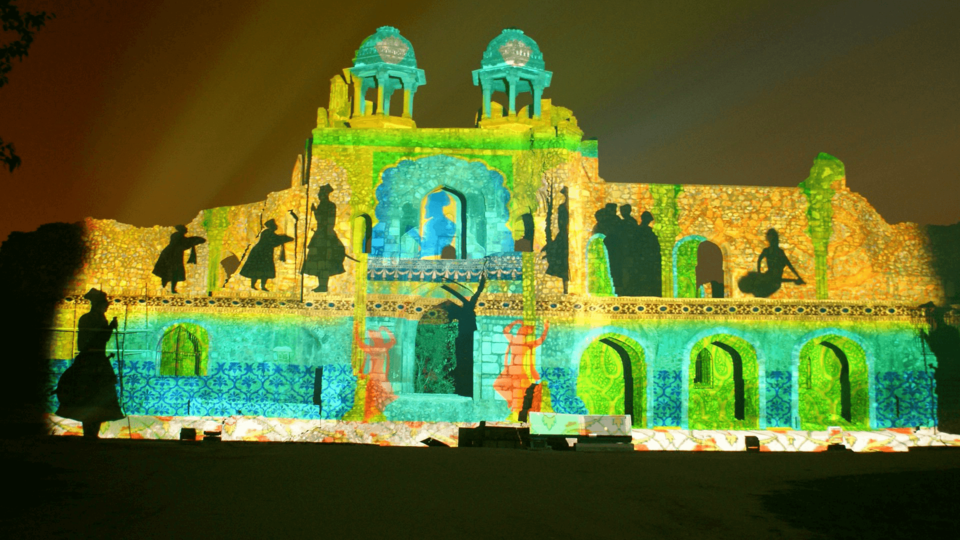
The Red Fort offers various attractions and activities for tourists to enjoy and learn more about its history, architecture and culture.
Exploring the Various Buildings and Structures: Explore the various buildings and structures inside the fort complex, such as the Lahori Gate, the Chatta Chowk, the Diwan-i-Aam, the Diwan-i-Khas, the Rang Mahal, and the Moti Masjid.
Watching the Sound and Light Show: Watch the sound and light show that takes place at the Red Fort every evening and depicts the history and culture of Delhi and the Red Fort. You can also book your tickets online or buy them at the ticket counter near the Lahori Gate.
Visiting the Museums and Galleries: Visit the museums and galleries inside some buildings, such as the Indian War Memorial Museum in the Naubat Khana (the drum house) and the Archaeological Museum in the Mumtaz Mahal (the jewel palace).
Shopping at the Chatta Chowk: Shop at the Chatta Chowk, which is a covered bazaar inside the fort complex, where merchants sell various items, such as silk, jewelry, carpets, souvenirs, etc. Buy some unique and authentic products that reflect the Mughal and Indian heritage.
Food & Dining Option Near Read Fort

Karim's: Known for its Mughlai cuisine, Karim's offers a range of flavorful dishes that reflect the rich culinary heritage of Delhi.
Cost for Two: Approximately INR 800-1000
Must Try: Mutton Kebabs, Chicken Jahangiri, Mutton Korma
Al Jawahar: Another popular spot for Mughlai cuisine, Al Jawahar is known for its aromatic curries and tender meat dishes.
Cost for Two: Approximately INR 700-900
Must Try: Nihari, Paya, Chicken Changezi
Aslam Chicken: Aslam Chicken is famous for its succulent chicken dishes and flavorful biryanis, offering a satisfying meal at an affordable price.
Cost for Two: Approximately INR 400-600
Must Try: Butter Chicken, Chicken Tikka, Chicken Biryani
Gali Paranthe Wali: This iconic eatery is known for its variety of parathas, cooked in desi ghee (clarified butter), and served with a variety of chutneys and pickles.
Cost for Two: Approximately INR 200-400
Must Try: Parathas (Stuffed Indian Flatbreads), especially the Aloo Paratha and Paneer Paratha
Natraj Dahi Bhalle Wala: A popular spot for street food, Natraj Dahi Bhalle Wala is known for its creamy dahi bhallas and crispy aloo tikkis, topped with tangy chutneys and spices.
Cost for Two: Approximately INR 100-200
Must Try: Dahi Bhalla (Savory Lentil Dumplings in Yogurt), Aloo Tikki (Spiced Potato Patties)
Must read: Explore Chandni Chowk, Red Fort and Connaught Place in Delhi
Places To Visit Near Red Fort

Near the Red Fort, there are several fascinating places to visit that offer insights into Delhi's rich history and culture.
Jama Masjid - Approximately 1 km: One of the largest and most revered mosques in India, Jama Masjid was built by Emperor Shah Jahan between 1644 and 1656. It is known for its impressive architecture, including marble domes, minarets, and a vast courtyard capable of accommodating thousands of worshippers.
Chandni Chowk - Adjacent to the fort: Chandni Chowk is one of the oldest and busiest markets in Old Delhi. It offers a vibrant mix of shops selling textiles, jewelry, spices, and street food. The narrow lanes and bustling atmosphere provide a glimpse into Delhi's vibrant culture and heritage.
Raj Ghat - Approximately 3 km: Raj Ghat is a memorial dedicated to Mahatma Gandhi, the father of the Indian nation. It is located on the banks of the Yamuna River and marks the spot where Gandhi was cremated in 1948. The memorial is a simple black marble platform surrounded by lush gardens.
Shri Digambar Jain Lal Mandir - Approximately 2 km: Shri Digambar Jain Lal Mandir is the oldest Jain temple in Delhi, built in the 17th century. It is dedicated to Lord Mahavira, the 24th Jain Tirthankara.
Fatehpuri Masjid - Approximately 1.5 km: Built in 1650 by Fatehpuri Begum, one of Shah Jahan's wives, Fatehpuri Masjid is a beautiful mosque located near Chandni Chowk.
Best Time to Visit Red Fort
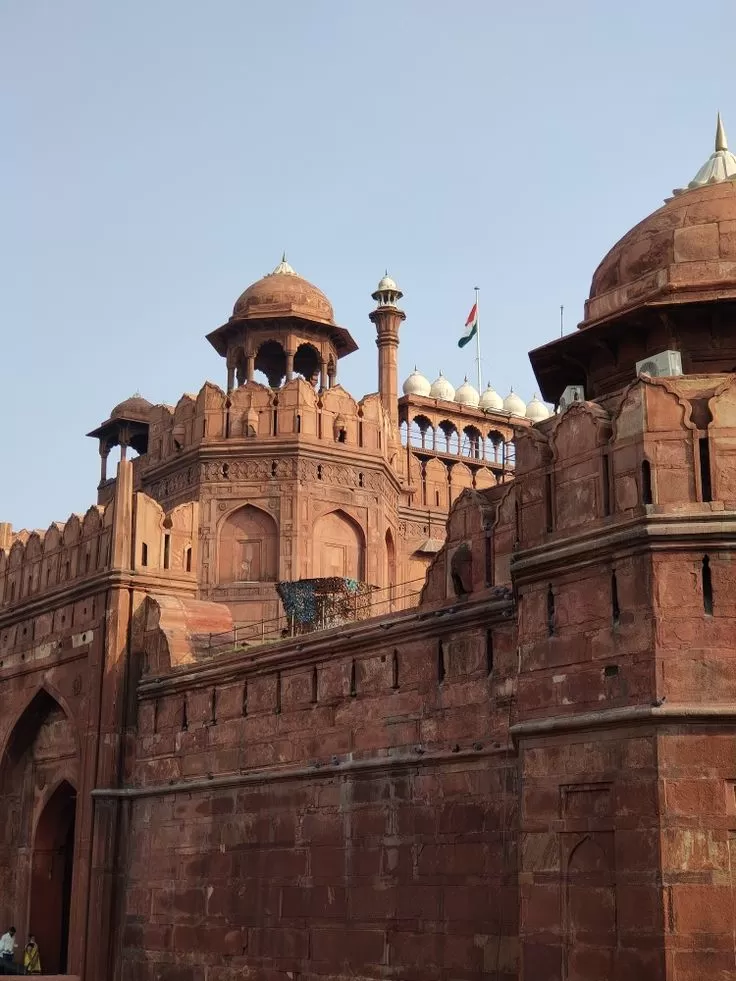
- The best time of day to visit is morning, from 9:30 am to 11:30 am, when the fort complex is less crowded and more peaceful.
- The best season to visit the Red Fort is winter, from October to March, when the weather is pleasant and cool, with temperatures ranging from 10°C to 25°C and low humidity.
How To Reach Red Fort
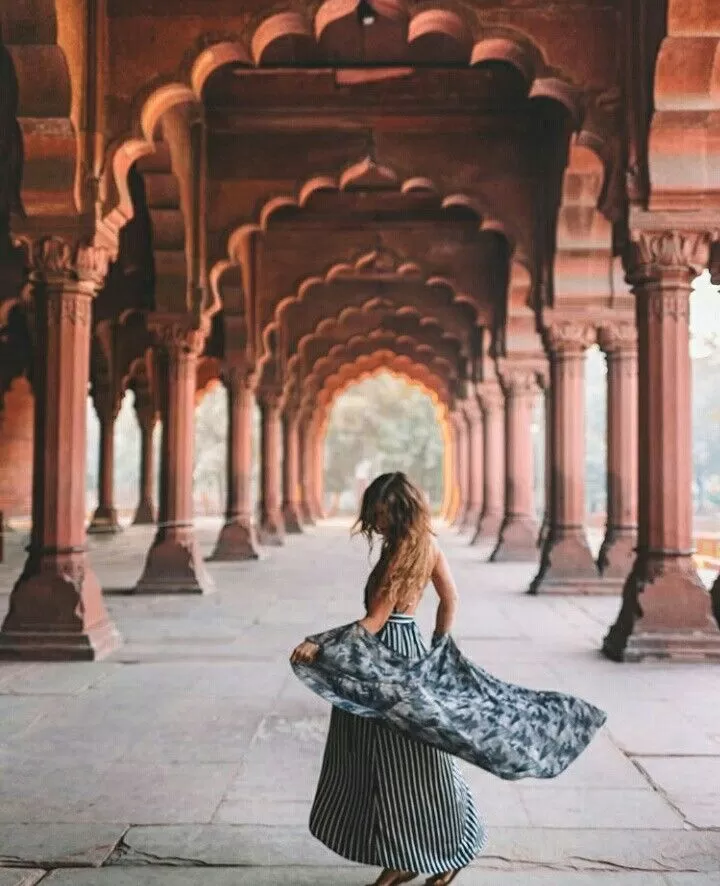
By Metro: The nearest metro station to the Red Fort is Chandni Chowk on the Yellow Line. From there, you can take a rickshaw or walk to the fort.
By Bus: Delhi Transport Corporation (DTC) buses and local buses ply to the Red Fort area. You can check for buses that pass through Chandni Chowk or nearby areas.
By Car: You can drive to the Red Fort, but parking may be limited. It's advisable to use a taxi or a ride-sharing service if you're not familiar with the area.
Tips For Visiting Red Fort

- Carry valid ID for security or fee exemption.
- Wear comfortable clothes and shoes for walking.
- Consider hiring a guide for insights.
- Avoid weekends and public holidays for smaller crowds.





